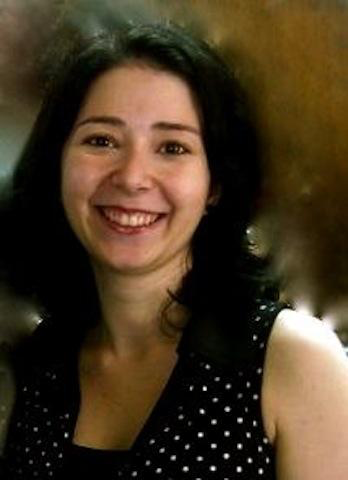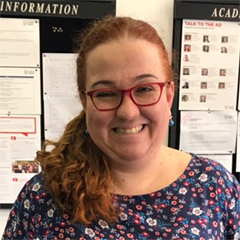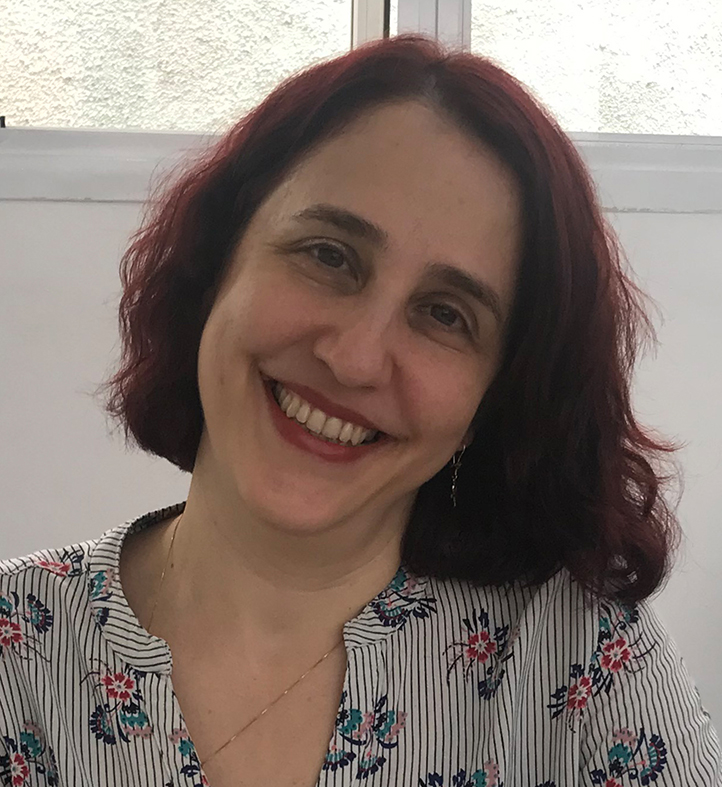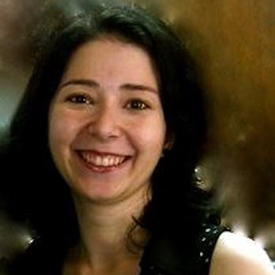EFL, ESL, Bilingual Education – What’s the move?
Let’s face it – after four years of either college Languages or Pedagogy – or any teaching degree, to be honest – no one is truly ready for the bilingual education market. Not a chance. And, yeah, I’m putting it in whole new category of the job market because – again – let’s face it: anyone and everyone need to specialize and get some experience in so many things before putting themselves out there in this new world of bilingual schools. Demands and needs are completely different from those that a person who works at a language institute has to deal with daily and they are also strangely peculiar when compared to experiences in non-bilingual schools. Why is it so?
First and foremost, we need to remember what bilingual education is not: taking a Portuguese-English context as an example, it is not the same as teaching English as a foreign language; neither is it just teaching all subjects in another language. The mere use of another language in instruction does not suffice. Ofelia García, in Bilingual Education in the 21st century: a global perspective (2009), points out that children participate in complex networks and, thus, language practice should be polydirectional. That is, “the language practice of bilinguals are interrelated and expand in different directions to include the different communicative contexts in which they exist” (GARCíA, 2009, p. 8). Bilingual schools help to protect identities, communities, and relationships. So, yeah, things ARE different.

Also, it is important to recognize that universities are not be blamed for not preparing their undergraduates for teaching in bilingual contexts – a common word of mouth in social media and job interviews. Courses and contents are not poor, they are not lacking. They just have to fulfill other more general learning expectations at the undergraduate level. Leaving high school, one needs to learn the ins and outs of the chosen career before specializing in it, right? So, of course, there is not enough time to become an expert in everything (or anything, one may wonder). Understanding bilingualism may be linked to one or two subjects in a Languages undergraduate course, and it may never even be mentioned in Pedagogy. There is not enough time. Going deep into bilingualism and bilingual education, as a consequence, seems to be a responsibility of extension and post-graduation level courses so far. Mind you, there are some interesting and popular face-to-face choices available in Brazil and a number of overpriced online options from universities overseas. Just choose one that suits you better.
But let me help you make an informed decision. Once it is understood that we can learn about bilingualism and bilingual education at university level, we need to grasp how we can bridge the gap between what we study and what we do or what we are expected to do. For that, I’ll present you with some different scenarios. Before I start,…

Scenario 1: someone who graduated in Languages (“Letras”) and works as an EFL teacher or instructor
What does this person need to start working in bilingual education?
The first thing is to understand that language is to be seen and understood differently. Language institutes tend to follow the Common European Framework Reference for Languages, also known as CEFR (learn more about it here: https://www.coe.int/en/web/common-european-framework-reference-languages/home), which divides language in three categories (A, B, and C) as a way to organize language proficiency and helps language institutes and assessment partners (1) establish learning and teaching objectives, (2) review curricula, (3) design teaching materials, and (4) have a basis for language qualifications.
Common teaching materials in such contexts have similar sections as they focus on linguistic skills (reading, writing, speaking, listening) and on what students are expected to do with the language in each category. For example: A1 students are expected to be able to talk about themselves: their names, ages, place of study, and families. As a consequence, materials present numbers and vocabulary about family and school as they are trying to provide students with examples and language to develop their own. That is teaching of a foreign language. That is considering a certain language from a can-do perspective: students acquire proficiency as they demonstrate that they are able to carry out certain communicative tasks. That is not bilingual education as we present it on this blog – or as you’ll find in academic papers and such.
If you are part of this scenario, the first thing you need to do is to understand that these A, B, C categories do not really represent the reality of a class in a bilingual school. Language input and output in bilingual schools do not follow the same expectations as the ones organized in the CEFR. In a bilingual school, students are exposed to different vocabulary and verb tenses from an early age, as it happens in their mother tongue. Language occurs naturally and represents its use in society, even being it a micro-representation of such society. We may even work with error correction, of course, but it may not resemble the techniques that you might have learned while taking a pre-teaching course before starting to work at a language institute. Most importantly, we are supposed to understand that the pace of language acquisition differs from student to student, and that no student is to be given a label connected to a level of proficiency in the language.
In a nutshell, if you are part of Scenario 1 and want to dive in bilingual education, you need to forego the tailor-made (or straightjacket) method you are or were supposed to put into practice and accept that language use is much more than listening to pre-recorded dialogs and carrying out pedagogical tasks to prove that one can talk about their last weekend or pretend to be in an interview. Once you are in a bilingual education context, language is real life in its most beautiful form: language use in authentic environments.
Scenario 2: someone who graduated in Pedagogy, works at a non-bilingual school, and has some (or comprehensive) knowledge about another language (English, Spanish, German, Japanese,…)
AND
Scenario 3: someone who graduated in other fields (History, Geography etc.), has a teaching degree, works at a non-bilingual school, and has some (or comprehensive) knowledge about another language (English, Spanish, German, Japanese,…)
What do these people need to start a career in bilingual education?
Degrees in Education give you comprehensive knowledge about a specific field of study. Speaking a foreign language gives you access to information in that language and allows you to communicate with others. Having a career in bilingual education means that you have to be able to join both. It can be simple to some; it can be a daunting task to others. A good beginning is to consider the words of Ofelia García: “What is needed today are practices firmly rooted in the multilingual and multimodal language and literacy practices of children in schools of the twenty-first century, practices that would be informed by a vision starting from the sum: an integrated plural vision” (GARCÍA, 2009, p.8). To put it simply, join forces, integrate!
Scenario 4: someone who does not have a teaching degree and has some (or comprehensive) knowledge about another language
How to start?
Being a good user of another language is already a plus. But if you really want to work in Education, start with courses about it. Teaching degrees (“licenciaturas”) are still required by law and will definitely open doors in bilingual schools.
On that topic, it seems to be important to point out some legal aspects of the job. Generally speaking, in Brazil, if you have a teaching degree in Languages, Biology, History etc., you are allowed to work as a teacher for “Ensino Fundamental”, from Year 6 to Year 9, and “Ensino Médio”. If you have a teaching degree in Pedagogy, you are allowed to work as a teacher for “Educação Infantil” and “Ensino Fundamental”, from Year 1 to Year 5. In all cases, bilingual schools may also ask you for a foreign language certificate of any sort and/or for proof of language proficiency. Therefore, diplomas and certificates do make a difference.
If you do not have a teaching degree, but you are very good at a foreign language, you may find a job in a bilingual school, but you may not be hired as a teacher; sometimes you are hired as an instructor for the extended period, for extra classes, and the like. Extension and post-graduation courses are definitely going to help you understand how bilingualism and bilingual education work, but they are not allowed to give you the necessary licence for teaching. Information is key. Learn about the job requirements before applying for it.
I hope this month’s post has shed light on some of the differences between teaching a foreign language and teaching in a bilingual education context as well as helped the ones who are thinking about pursuing a career in this market organize their next steps.
I’ll leave you with some food for thought:
“Bilingual education has the potential of being a transformative school practice, able to educate all children in ways that stimulate and expand their intellect and imagination, as they gain ways of expression and access different ways of being in the world” (GARCÍA, 2009, p. 11).
Are you up for the challenge?

See you soon! 😉
Reference:
GARCÍA, Ofelia. Bilingual Education in the 21st Century: a global perspective. Malden/Oxford/Chichester: Wiley-Blackwell, 2009.
Images:
Creative Commons. Available at: https://search.creativecommons.org/





